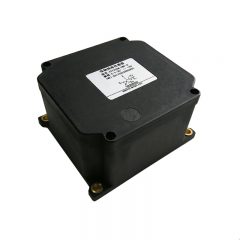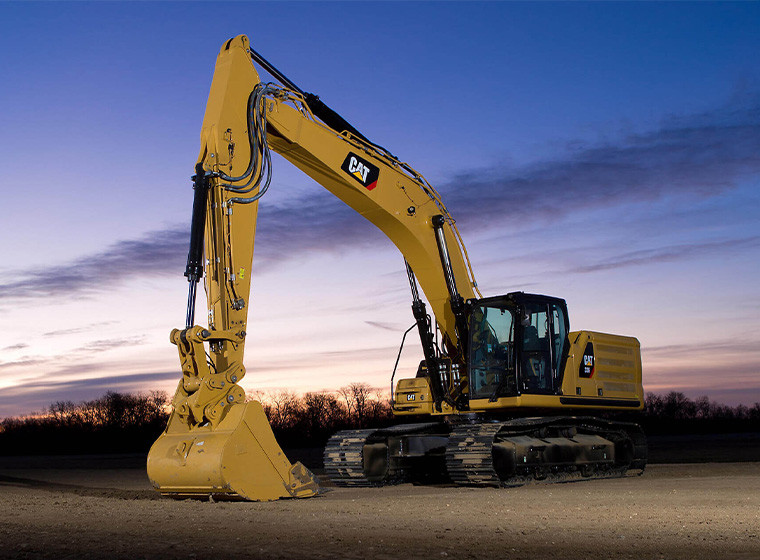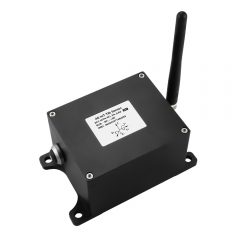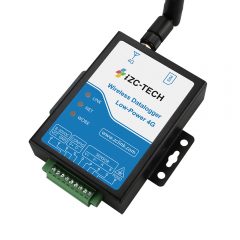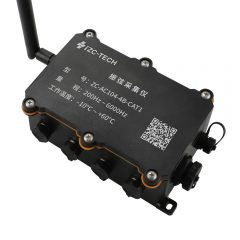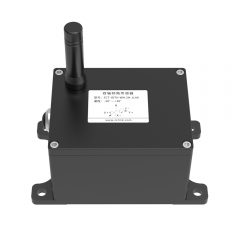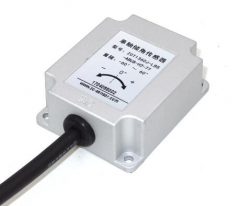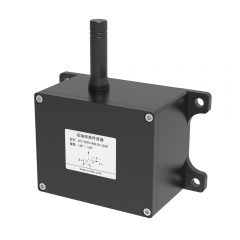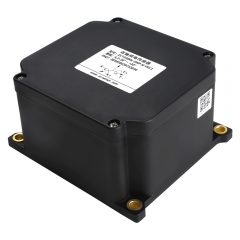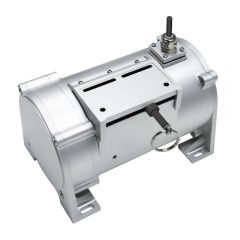With the recent popularity of Cat.1, the fate of NB-IoT has once again become a hot topic. In particular, the occurrence of two IOT standard has caused the industry to say "NB-IoT is going to the end".
The first news is from Japanese operator NTT DoCoMo. Less than a year after the launch of NB-IoT service, DoCoMo officially announced the shutdown of NB-IoT service at the end of last month, but at the same time said it will continue to support Cat.1 and LTE-M equipment service. In the announcement, the reason given by DoCoMo was: "In view of the current business environment, we decided to stop providing this communication system to centralize resource management."
The second news is that after many manufacturers have successively released Cat.1 module product, the average cost of Cat.1 module has now dropped to about 6USD. The price of NB-IoT modules is in the range of 1.5USD. Some people predict that if the price of Cat.1 module is as low as NB-IoT in the future, it may be able to replace NB-IoT.
Right now, the current price of Cat.1 module is 3 to 4 times that of traditional 2G modules, it is expected that, however, the price of Cat.1 module will drop by about 20% by the second half of this year because of the large-scale commercial use.
Obviously, under the two major factors of commercial situation and cost competition, NB-IoT is facing a lot of pressure, especially the sudden emergence of Cat.1, many people in the investment circle who are concerned about NB-IoT are also starting to have some doubts. Does this indicate that Is NB-IoT going to the end? In this regard, the author believes that the answer is no, there are two main reasons.
First, NB-IoT and Cat.1 are not direct competitors.
NB-IoT is mostly suitable for energy metering, smart street lights, geo and structure monitoring, environmental and agricultural monitoring, and other low-speed, low-battery-powered scenarios; Cat.1 is a 4G network that can support automatic switching of mobile networks(Cat.1 is the early generation of 4G IOT, Cat.2,3… Cat 13, etc. are more advanced but more expensive), so it is used in sharing equipment such as shared bicycles, shared charging treasures, shared umbrellas and other medium-speed needs, as well as many mobile scenarios such as mobile payment, public network intercom, asset and logistics tracking, vehicle transportation and positioning.
In the Internet of Things, different devices and services have different requirements for network quality. Such as smart parking, street lights, meter reading, structure monitoring and other types of application services, only low network speeds are needed to meet, while Some application services, such as automatic driving, high definition monitoring, require extremely high network speeds to ensure normal operation. If all application devices and services use the same level of network, it is obviously easy to idle and waste huge network resources.
Statistics show that in the Internet of Things scenario, 80% require narrowband networks to provide "low rate" connections, 15% require "medium rate" connections, and only about 5% require "high rate" connections. Among them, NB-IoT mainly serves low-speed scenarios, Cat.1 and LTE-M mainly serve medium -speed scenarios, and other standards serve high-speed scenarios. In this sense, Cat.1 and NB-IoT do not constitute a direct competitive relationship.
Therefore, NB-IoT and Cat.1 have their own advantages. In the future, the two will continue to coexist and perform their duties.
Secondly, the global commercial scale of NB-IoT is very large, especially in China.
According to the latest GSMA report, there are currently more than 45 operators worldwide launching 93 NB-IoT networks, and more than 100 types of module products, which is currently one of the most widely used IoT technologies in the world. Taking the United States as an example, T-Mobile pioneered the NB-IoT commercial service as early as 2017, and AT & T and Verizon launched their nationwide NB-IoT network in 2019.
The Chinese domestic deployment scale is even more eye-catching. The total number of NB-IoT base stations of the three major operators is close to 1 million, and the number of connections for each is more than 10 million, of which two have exceeded 4,000. Ten thousand, with a total connection scale of more than 100 million, basically covering the county-level and above urban areas across the country.
Based on deployment scale and the depth of application, the so-called "the demise of NB-IoT" is untenable. And on the contrary, it is foreseeable that with the proposal and promotion of new infrastructure, NB-IoT will thrive in a situation of accelerated development in 2020.

